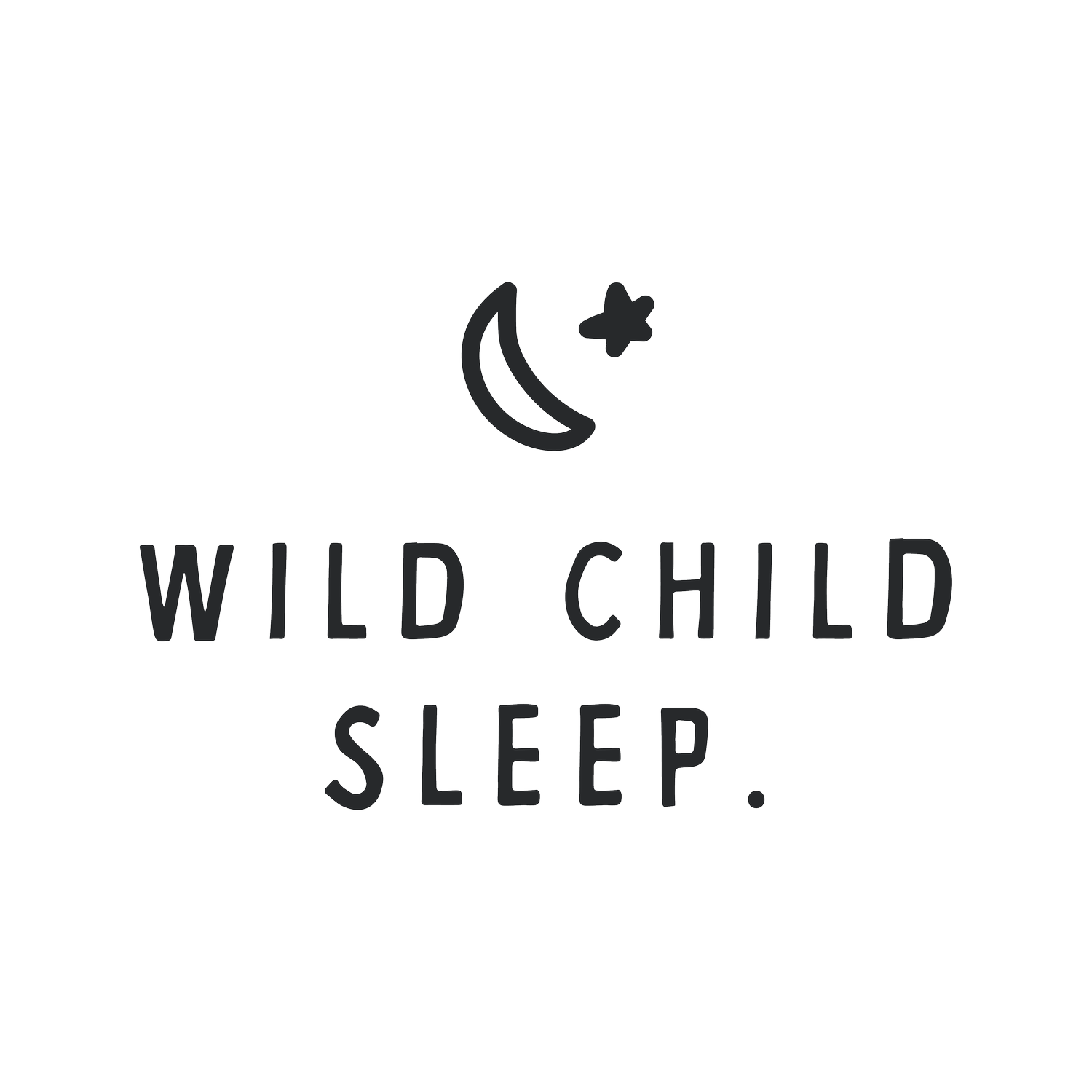Nurturing Little Minds: Age-Appropriate Stimulating Activities for Your Baby
As parents, we embark on a fascinating journey of discovery with our little ones, witnessing the miraculous growth and development that occurs during those precious first years. As an Infant and Toddler Sleep Specialist, Postpartum Doula, and Educator with over 8 years of experience, I understand the importance of providing age-appropriate stimulating activities to foster optimal development in your baby.
Pro tip: age appropriate stimulation can do wonders for sleep! You might just find that getting your baby the right activities improves their sleep… no cry it out necessary!
Ready to get started on your gentle sleep journey? Get the FREE Foundations of Gentle Sleep: a neuroscience and attachment based approached right now!
1. Understanding the Developmental Stages: A Blueprint for Engagement
Babies and toddlers undergo rapid developmental changes, and tailoring activities to their current stage is key. Let's break down the stages:
0-3 months: Focus on sensory experiences like gentle touch, soft music, and contrasting visuals.
4-6 months: Introduce interactive toys, tummy time, and mirrored play for visual stimulation.
7-9 months: Encourage crawling and exploratory play with safe objects to enhance motor skills.
10-12 months: Foster independence through simple puzzles, stacking blocks, and interactive games.
2. The Magic of Supervised Water Play
Water play is a timeless sensory activity that captivates babies of various ages. It stimulates the senses, enhances motor skills, and provides a delightful experience for your little one. Fill a shallow tub with warm water, introduce bath-safe toys, and let your baby explore under your watchful eye. The soothing nature of water makes it a favorite for both parent and child.
Water play doesn’t have to be complicated or expensive! Use what you already have at home and get creative.
I vividly recall the joy on my baby's face during their first water play session. The gurgles of laughter and splashing water echoed the pure delight of sensory exploration.
3. Tummy Time Adventures
Tummy time is a crucial developmental activity that strengthens neck and upper body muscles. Lay your baby on their tummy for short sessions throughout the day, placing colorful toys just out of reach to encourage reaching and grasping. This simple yet effective activity builds the foundation for motor skills and prepares your little one for future milestones.
4. Musical Marvels for Auditory Stimulation
Music has a profound impact on a baby's developing brain. Create a musical haven with soft lullabies, rhythmic clapping, and exposure to various instruments. Dancing with your baby in your arms or introducing simple instruments like shakers enhances auditory processing and creates a joyful bonding experience.
If baby is fussy but won’t fall asleep, put on your favorite music, put baby in a sling or soft carrier… then sing and gently dance! You’ll likely both settle down, and baby might even fall asleep.
The best lullaby is one that you like! If traditional baby tunes aren’t for you, try singing or humming to your favorite songs. Baby might like it just as much as you do!
5. Visual Exploration through High-Contrast Toys
Babies are drawn to high-contrast patterns, stimulating their developing vision. Invest in toys with bold patterns or use black and white picture cards during playtime. These visual aids enhance focus, tracking, and recognition skills, laying the groundwork for visual development.
6. DIY Sensory Bins for Tactile Discovery
Engage your baby's sense of touch through DIY sensory bins. Fill a shallow container with safe materials like uncooked rice, soft fabrics, or textured balls. Let your baby explore different textures, promoting tactile development and encouraging curiosity.
7. Outdoor Adventures for Nature's Influence
Nature provides an abundance of sensory experiences. Take your baby outdoors for gentle exposure to sunlight, the feel of grass under tiny feet, and the rustle of leaves in the wind. Nature walks in a carrier contribute to cognitive development and create lasting connections with the natural world.
Let your inner child in - lay on a blanket and watch the clouds go by, listen to the bees, watch rain drops fall in a puddle…
Want to learn all about gentle infant sleep from a certified Infant Sleep Specialist and Educator? Get your free Foundations of Gentle Sleep: a neuroscience and attachment based approach now!
In closing, remember that each baby is a unique individual with their own pace of development. Embrace the journey, and celebrate the small victories along the way. As you engage in these age-appropriate activities, you're not just stimulating your baby's mind – you're fostering a lifelong love of learning.





